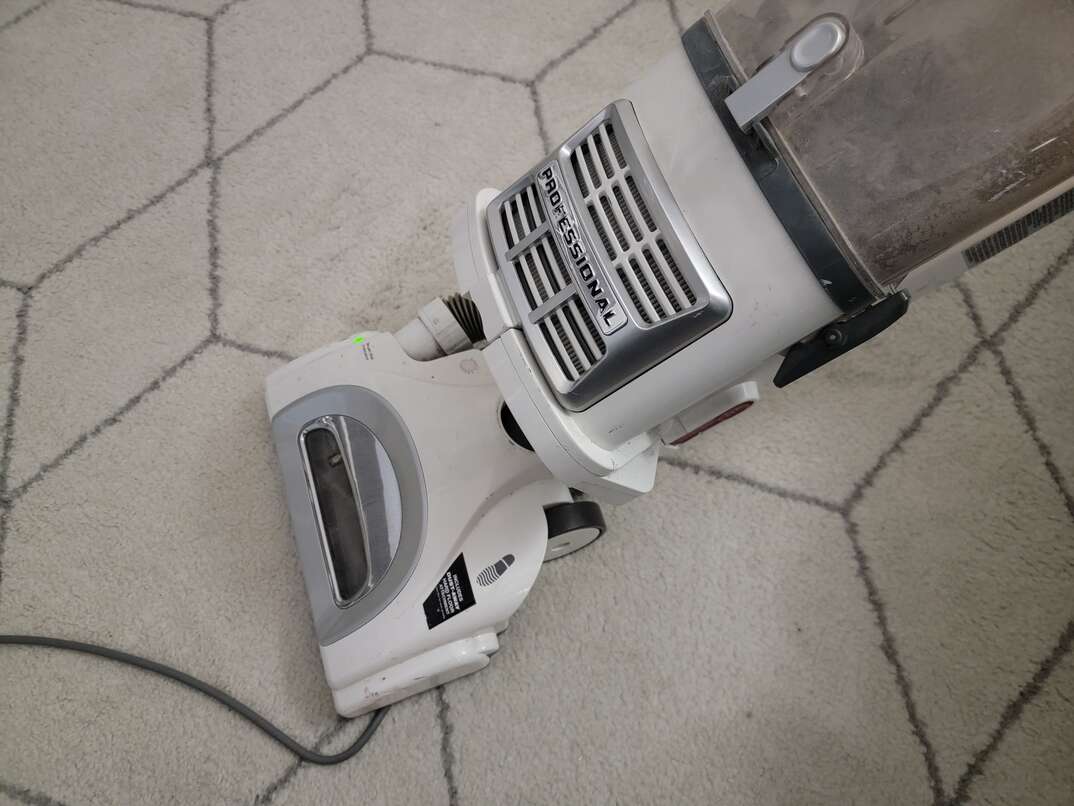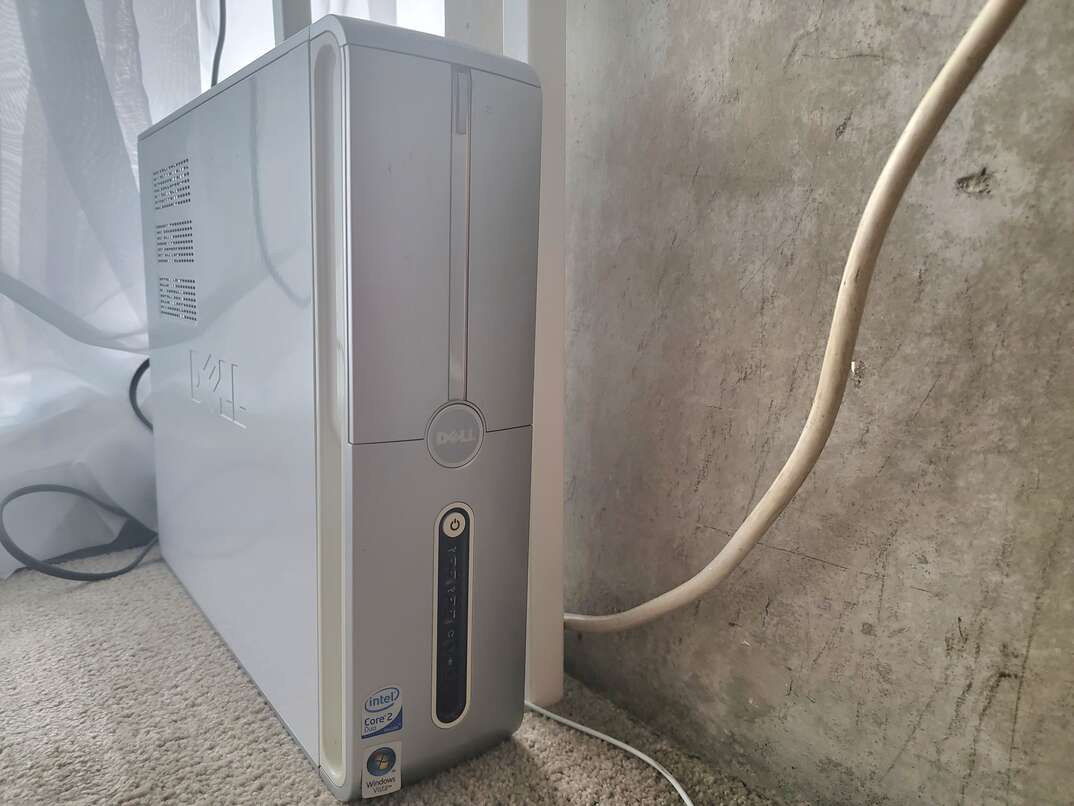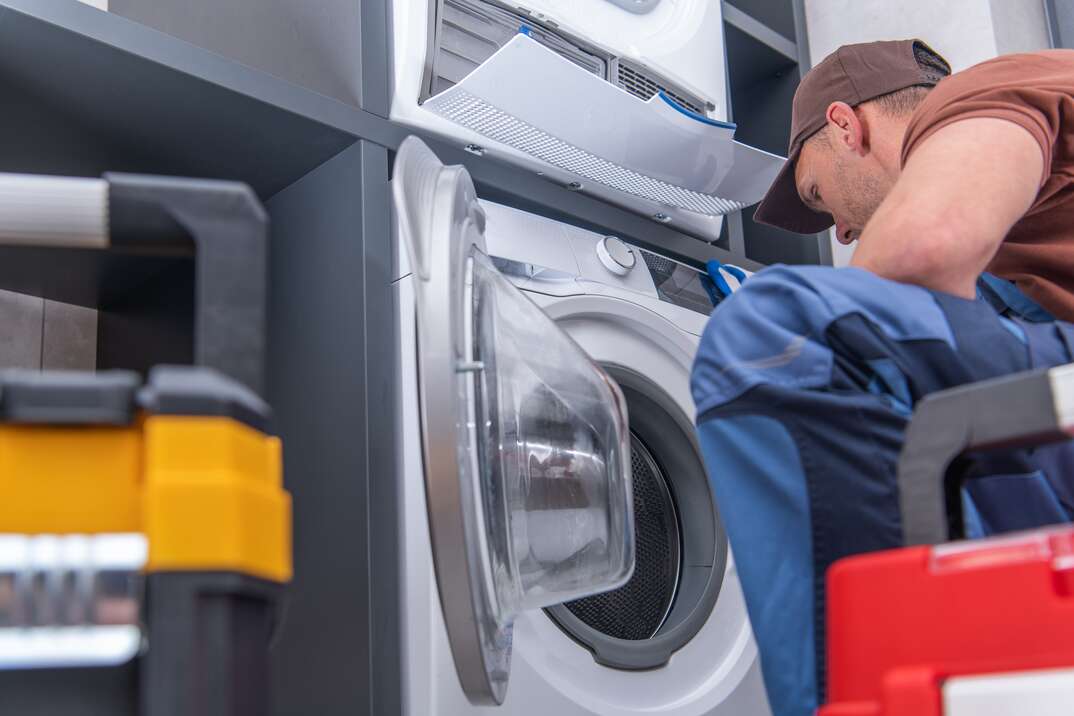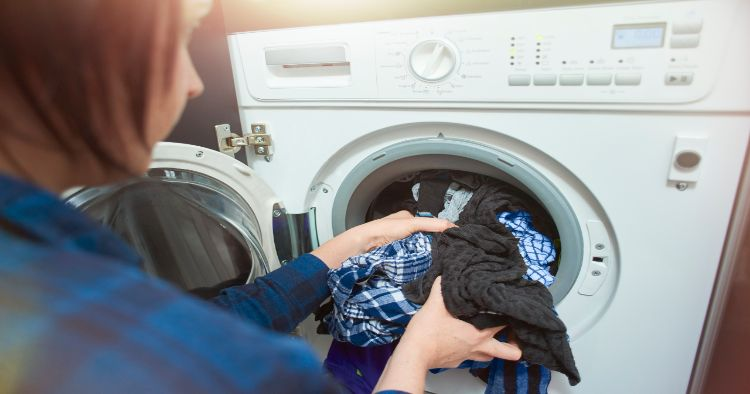How to Clean Your Vacuum Cleaner: 4 Steps to a Clean Sweep

HomeServe photo by Matt Schmitz
Cleaning a Vacuum at a Glance
- Step 1: Empty dust bin
- Step 2: Clean or replace filter
- Step 3: Clean beater bar and brush
- Step 4: Deep clean
Keeping a clean home. The benefits extend far beyond the visual appeal. A clean home lowers stress levels, improves your air quality and can even help you eat healthier. But, maintaining a clean home can take some work. That’s why investing in a quality vacuum cleaner can be a wise purchase.
This May Also Interest You: RoboMop: Samsung Jetbot Mop Features and How They Work
However, just like any appliance, the vacuum cleaner needs regular maintenance. In order to keep your floors clean, your vacuum needs to be clean, too.
Keeping a vacuum clean doesn’t actually take much time, provided you stay on top of it on a regular basis. Leaving important parts un-maintained can not only result in longer clean times, but maybe even a broken part or two.
But, what does regular vacuum cleaning look like? Read on to keep your floor’s best friend cleaning as well as you need it to.
Step 1: Empty the Dust Bin
It goes without saying, but in order for your vacuum to work properly, you need to empty out the dust bin every time you use it. Although this may seem fairly obvious, it’s important not to let the canister fill up too high before emptying. Try and empty the bin after it is about two-thirds of the way full as a matter of habit. That way, you’ll ensure that your vacuum has enough air circulating to function properly. If your vacuum has a dust bag, make sure that you are replacing these often as well.
Once it’s been emptied, use a damp paper towel or microfiber cloth to wipe down the inside of the canister. Then use a paintbrush or a can of compressed air to remove dust and debris from any hard-to-reach areas.
Step 2: Clean or Replace the Filters
It’s a fact: Even top-of-the-line vacuum filters will eventually get clogged with dust and debris. A clogged filter might even cause the vacuum not to have any suction at all. And even if it's not completely clogged, a dirty filter will inhibit your vacuum’s suction significantly.
Vacuum filters differ on how often they should be cleaned or replaced. To determine the particular recommendation for your model, double-check your vacuum’s instruction manual. Some recommend cleaning after every few uses, while others require cleaning roughly once a year. If your vacuum uses a HEPA filter, you shouldn’t try and clean them. Instead, invest in a new one.
If you can’t locate your manual, you should split the difference and clean or replace your filters every three to six months. Keep in mind that, depending on what kind of vacuum you have, there might be multiple filters located throughout the suction system.
Cleaning a vacuum filter depends largely on what type of filter you have. If your vacuum uses disposable filters, they’ll need a replacement. But, if you have a washable filter, you’ll want to make sure you are cleaning and washing the filter properly. This can vary from vacuum to vacuum, but, generally speaking, the cleaning process involves rinsing the filter with cold water to remove all collected dirt and debris. Run the water over the filter until the water moving through it looks clear. Be sure to let the filter dry completely (typically 24 hours) before putting it back in your vacuum. If you can, let the filter air-dry in the sun to harness that anti-bacterial UV light and give your filter some extra-clean points.
More Related Articles:
- Lave My Carpet: How to Deep-Clean Your Carpeting
- How to Install Carpet
- How Much Does It Cost to Have Your Carpets Professionally Cleaned?
- How Much Does It Cost to Remove, Replace or Install Carpet?
- 4 Natural Alternatives You Can Use Instead of Chemical Cleaners
Step 3: Clean the Beater Bar and Brush Roll
The most useful features of modern vacuums are beater bars and brush rolls. They work wonders, agitating and removing deep-seated hair and other debris from rugs and carpets. Over time, however, these bars get wrapped in all kinds of funky stuff. If these aren’t regularly cleaned, clogs and tangles can keep the roll from spinning, which can eventually snap the drive belt or damage the bearings.
Check the beater bar or brush roll roughly once a month to see if there are any tangles of hair, fuzz or other string-like material wrapped around the bar. Take a pair of scissors or a sharp blade (a boxcutter will work fine) and try slicing through the hair or string. Be careful not to cut the brushes.
Some vacuums allow you to easily remove the brush roll, making it much easier to cut away any tangles. If you can remove the brush roll, try taking a damp cloth and clean the dust and debris away from the bearings under the brush roll before putting it back.
Step 4: Disassemble for a Deep Clean
Performing regular maintenance on the above-mentioned parts is key to ensuring your vacuum runs smoothly and effectively for years. That said, you should also be sure to do an extra deep clean of your entire vacuum once a year.
To do this, you’ll need to disassemble your vacuum to the degree that you are able without getting into seriously removing housings or motors.
Once that's accomplished, fill your sink with hot water and a few drops of dish soap. Then, soak the dust bin and the other attachments in the soapy water. Before putting the items back in your vacuum, make sure you let them dry completely. While the items are soaking, take a can of compressed air and spray away any debris hidden in the hard-to-reach areas. Cleaning the interior of the vacuum’s canister will prevent bacteria and other possible contaminants from wearing out their welcome.


